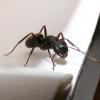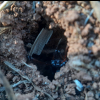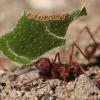So, I recently went camping in Indiana, and since I was in the forest, Camponotus was everywhere. C. pennsylvanicus in specific. I noticed that the C. pennsylvanicus there had a LOT of majors. I think I may have seen more majors and supermajors than minors. However, what confused me was the size difference between C. pennsylvanicus there and here. The minors and queens are the same sizes in both places, but the majors there were definitely larger. While I was there, I regularly saw majors that were this big:
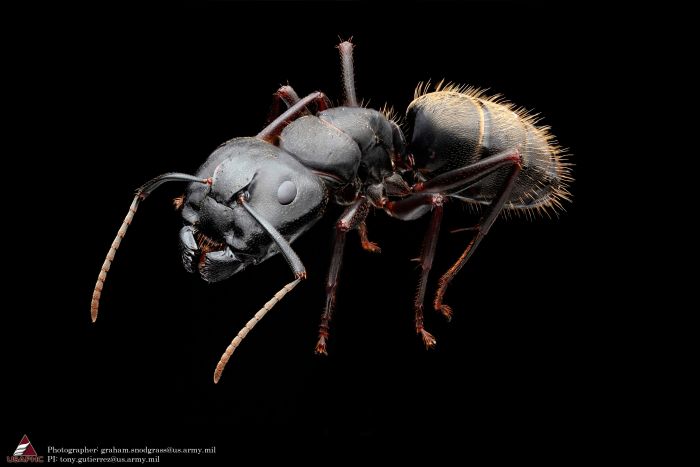
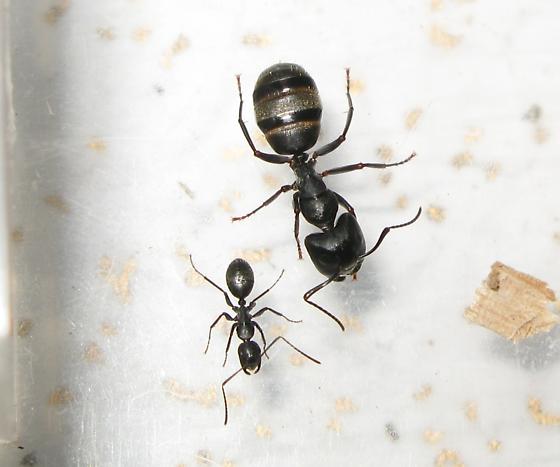
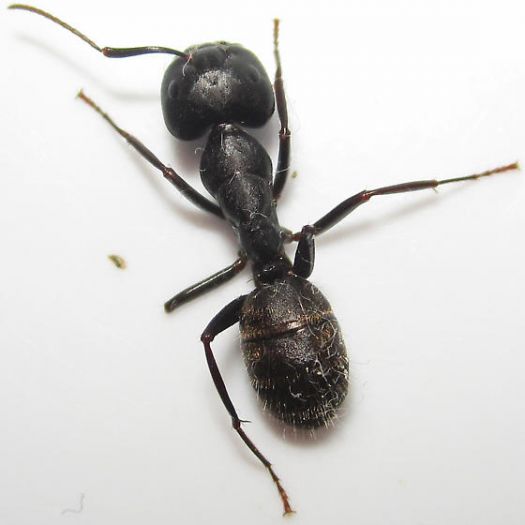
While here in Illinois, I have never seen a C. pennsylvanicus larger than this one:
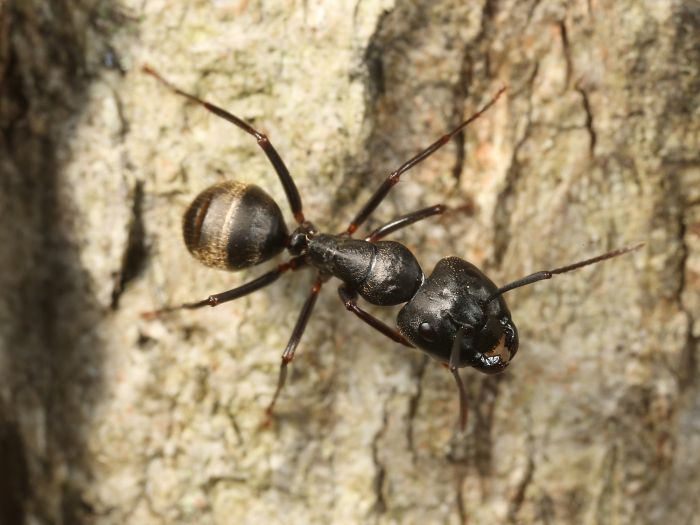
Does anybody know why there is such a drastic size difference?
EDIT: The C. pennsylvanicus there were also much shinier than the ones here.
Edited by Mettcollsuss, June 10 2018 - 2:44 PM.






